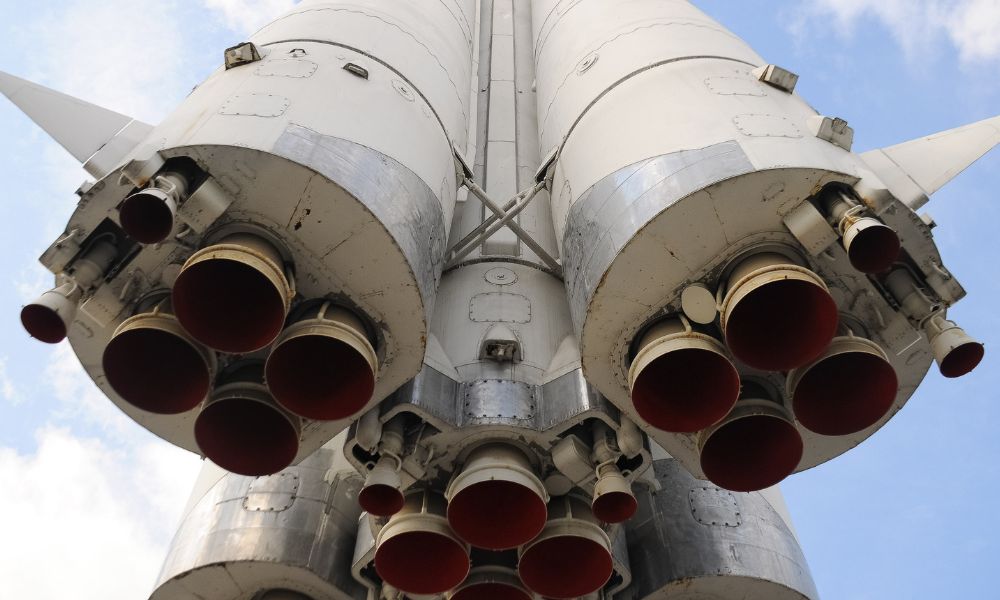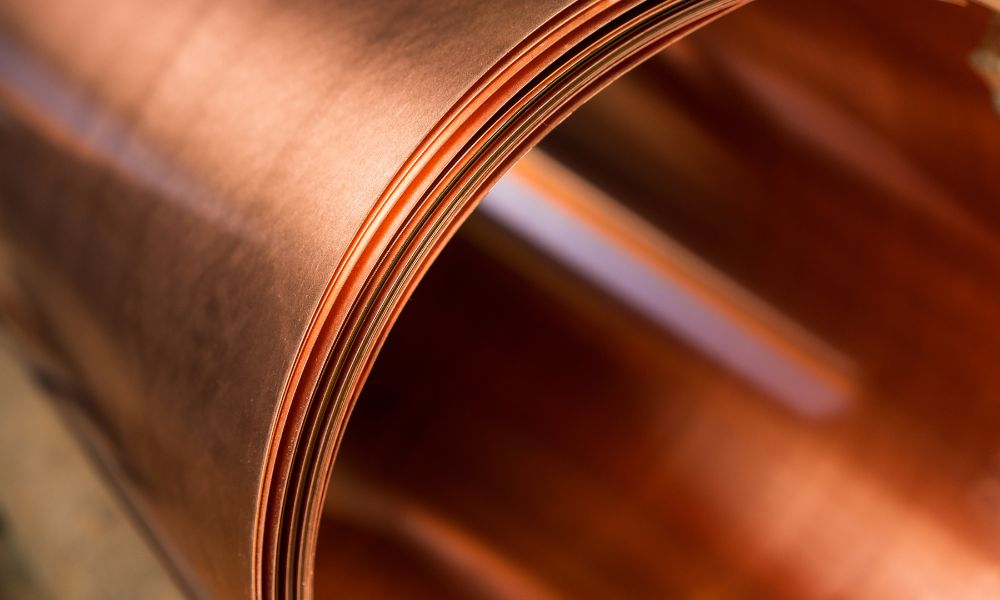Aluminum in Aerospace: Solutions for Modern Aviation
Leave a Comment
Innovation takes flight and technology soars in the aviation and aerospace industries, and aluminum is a key player. From the earliest days of flight to the cutting-edge spacecraft of today, aluminum and aluminum alloys have shaped these industries. Enter the world of aluminum in aerospace, and explore its solutions for modern aviation.
A Brief History of Aluminum in the Aerospace Industry
Aluminum’s journey in the aerospace industry began in the late 19th century, but it wasn’t until the 20th century that it truly took off.
With its remarkable strength-to-weight ratio and corrosion resistance, aluminum quickly became the go-to material for aircraft construction. In fact, the Wright brothers’ pioneering aircraft, the Wright Flyer, featured an aluminum engine crankcase—a testament to the metal’s early importance in aviation.
How Aluminum Alloys Power Flight
The secret to aluminum’s success lies in its alloys. By combining aluminum with elements such as copper, zinc, and magnesium, engineers can tailor its properties to suit various aerospace applications.
Whether they’re improving structural integrity, enhancing thermal conductivity, or reducing weight, aluminum alloys help planes take off, fly, and land safely.
Building Materials for Space Shuttles and Rockets
Aluminum’s influence extends beyond the confines of Earth’s atmosphere. Every gram counts in space exploration, and aluminum’s lightweight yet durable nature makes it the ideal material for spacecraft construction.
The iconic Space Shuttle and the mighty Saturn V rocket contain aluminum sheets; such lightweight yet strong materials enable humanity to reach for the stars.
The Impact of Aluminum on Modern Aviation
Aluminum continues to be a driving force in aviation. The entire aviation industry feels the impact of this versatile metal, whether it’s reducing fuel consumption through lightweight airframes or enhancing aerodynamic performance with sleek aluminum alloys.
Aluminum remains the gold standard for aircraft manufacturers worldwide. As we reflect on aluminum in aerospace and its solutions for modern aviation, one thing becomes abundantly clear: never underestimate the value of this essential metal.
Next time you gaze up at the sky and marvel at the wonders of flight, take a moment to appreciate the metal that makes it all possible. If you work in the aviation industry and need a thin aluminum sheet for your latest project, contact Thin Metal Sales, the leading metal sheet provider on the West Coast!
Why Copper Is Ideal for Electronics Manufacturing
Leave a Comment
Small businesses rely on electronics to help them operate and complete their essential functions. What many of these businesses don’t realize is that copper is the unsung hero of their operations, boasting qualities that keep their electronics functioning at a high level.
Continue reading to learn why copper is ideal for electronics manufacturing and stands out as the material of choice in an industry that thrives on innovation and efficiency.
Strong Electrical Conductivity
Copper leads the charge (pun intended) with its superior electrical conductivity. It carries a current with the grace of an Olympic sprinter, helping electronic devices perform at their peak.
This high conductivity enables the swift and efficient transmission of electricity, making copper the go-to material for wiring and components in everything from smartphones to solar panels.
Thermal Conductivity and Ductility
Copper also shines when conducting heat away from critical components, helping them operate within safe temperature ranges.
This thermal conductivity, combined with copper’s remarkable ductility, makes it a versatile material adept at keeping electronics cool and malleable enough to fit into the tightest of spaces.
Low Electrical Resistance
Copper’s low electrical resistance means it loses less energy as heat, making devices more energy-efficient and reducing the risk of overheating.
This property is crucial when manufacturing reliable, long-lasting electronic components that can handle the rigors of daily use without breaking a sweat.
Efficient Heat Dissipation
Copper’s ability to dissipate heat efficiently is a boon for electronic devices, which are increasingly packing more power into smaller packages.
This efficient heat dissipation helps prevent hot spots that can damage components and lead to device failure.
By spreading out the heat, copper helps maintain optimal operating temperatures, keeping your gadgets running smoothly and reliably.
High Tensile Strength
Copper’s high tensile strength means it can withstand significant stress without stretching or breaking.
This durability is vital in electronics manufacturing, where manufacturers must bend and shape materials into complex configurations.
Copper’s resilience means it can take whatever shape designers want without compromising performance.
Resistance to Corrosion
Lastly, copper’s resistance to corrosion extends the life of electronic devices by preventing degradation.
In an industry where longevity and reliability are paramount, copper’s ability to resist the elements, including moisture, oxygen, and pollutants, makes it a stalwart defender against wear and tear.
Why copper is ideal for electronics manufacturing becomes clear when you consider its many important qualities. These characteristics help copper maintain its pivotal role in the development of durable, efficient, and high-performing electronic devices.
As the demand for sophisticated electronics grows, the expertise of a brass and copper sheet manufacturer like Thin Metal Sales becomes increasingly invaluable. Our company can provide you with copper sheets that you can use in the central components of your highly coveted electronics products.

